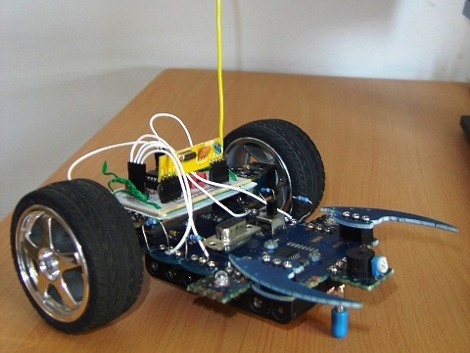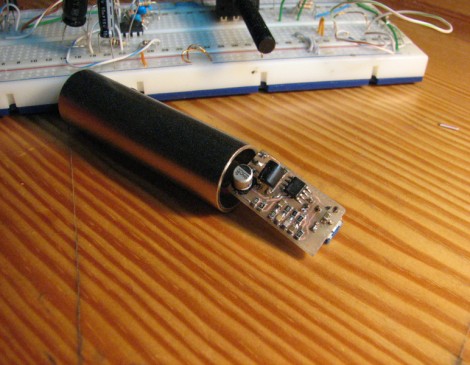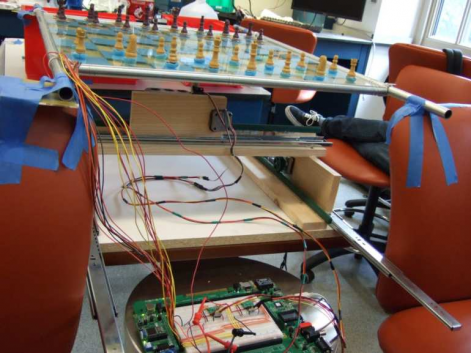
Development has been progessing quite nicely on [Matlo’s] PlayStation 3 controller spoofing project. This is a package that allows you to identify a PC as a PS3 controller. We know what you’re thinking: why would you want to do that? When we originally looked in on the project about a year ago we mentioned that this allows you to use any Linux-friendly peripheral as a PS3 controller. In the clip embedded below you’ll see that nothing beats a good keyboard and gaming mouse when it comes to first-person shooters. [Matlo’s] solution not only allows you to use alternative control hardware, but there’s almost unlimited configurability.
And speaking of configuration, he’s done a ton of work on the GUI. After the initial package installation no terminal typing needs to be done to get the system configured. Once in place, you can set the MAC address of a Bluetooth dongle to spoof the address of your SixAxis controller. From there you can set up the button mapping, calibrate mouse hardware and the like, and even program macros (fantastic). Now go out and pwn everyone at deathmatch now that the PlayStation Network is back up and running.
Continue reading “PS3 Controller Spoofing Advancing With Leaps And Bounds”















